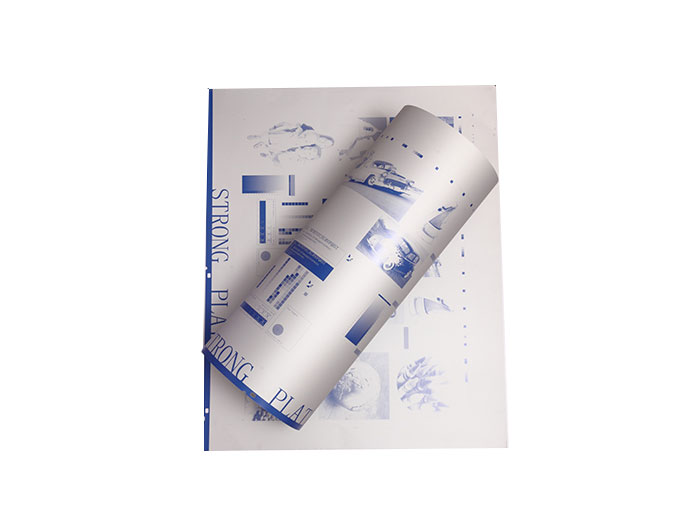



Good Stability
Wide developing tolerance
High Sensitivity
Compatible with different developers
| Type | Positive Uv-CTP Plate |
| Spectral Sensitivity | 400~410nm |
| Exposure Duration | 30 Seconds Approx 20 Pulses(3kwlodine-Gallium lamp,from lm, UGRA PCW82 control stripthe third section un-inking) *Duration varies with its printing conditions and materials. |
| Resolution | 200 lpi ( 2~98%) |
| Safelight | Yellow Light |
| Developing Time | 20~30 seconds ( STRONG Solution: Water=1:7,23±2℃) |
| Run-Length | 50,000~100,000 (Unbaked) 100,000~200,000(Baked) |
*Run-Length varies with its printing conditions and imaging content
GET A QUOTE